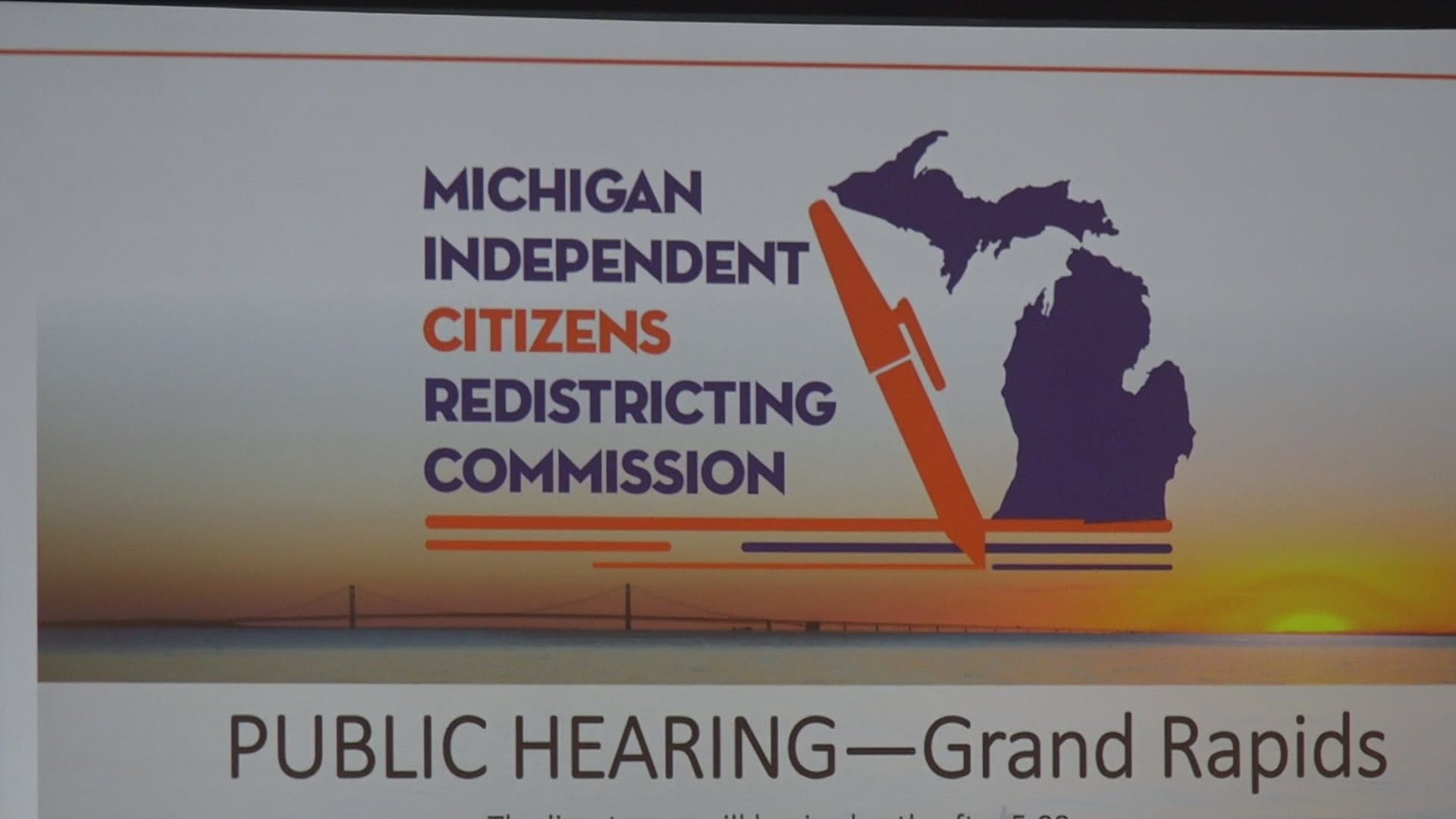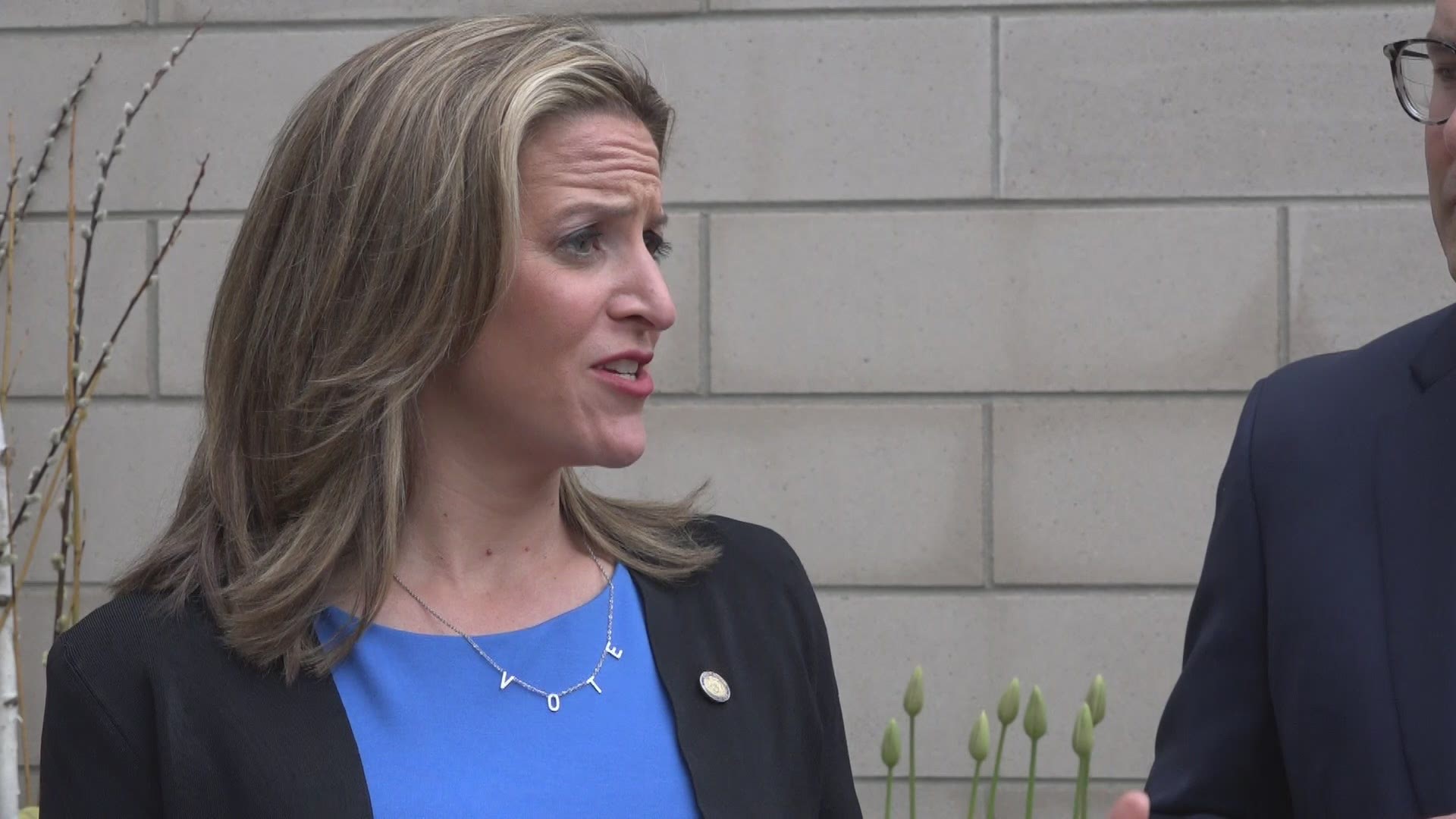GRAND RAPIDS, Mich. — Michigan is one step closer to having its Congressional, state house, and state senate districts being drawn by ordinary citizens, instead of state lawmakers, for the first time ever.
In 2018, Michigan voters passed a ballot initiative that gave a 13-member panel the opportunity to decide how voting districts would be drawn. That commission is made up of five independents, four Democrats, and four Republicans. They wrapped up a 16-site listening tour at DeVos Place Thursday night.
"I recognize the magnitude of what we’re doing. I recognize how incredibly important it is and that’s something I’ve been hearing over and over and over again from people," said Rebecca Szetela who serves as vice chair of the Michigan Independent Citizens Redistricting Commission.
Around 150 people attended the meeting in person, mostly from Kent and Ottawa counties. Dozens of them gave their input. Even more chimed in virtually. Each told the commission about their own personal "community of interest," meaning areas that share cultural, historic, and economic interests and should be put together in voting districts.
But the number one message the commissioners have gotten over the tour is that partisanship should be taken out of redistricting, and the process should be fair.
"People want change, number one," said acting chair Brittni Kellom.
"They want to be different. They don’t like that two sides of the aisle have had this contentious relationship, and they appreciate this process."
Even though the first listening tour is done, there are still plenty of opportunities for voters to lend their opinion to the process.
"We are not subject matter experts on the entire state. There are just 13 of us, so we are really counting on individuals to come forward to tell us about their community, and to tell us about communities of interest," said Szetela.
The commission's website has a form you can submit. They also have a tool that will help you draw your own version of what the district maps should look like, if you wish.
Over the next few months the commission will put together preliminary drawings of what the district lines could be. The public will then have the chance to offer more input during a second listening tour.
"That’s when we have the drafts and the public is allowed to make comments. They’re allowed to say ‘we hate it’ or ‘we love it’ or ‘move this here’ so the second round of our public hearings is going to be all about the maps and all about the process," said Kellom.
As of now, the commission must submit the final redistricting maps by November 1. Redistricting will take effect for the 2022 primary.
►Make it easy to keep up to date with more stories like this. Download the 13 ON YOUR SIDE app now.
Have a news tip? Email news@13onyourside.com, visit our Facebook page or Twitter. Subscribe to our YouTube channel.


